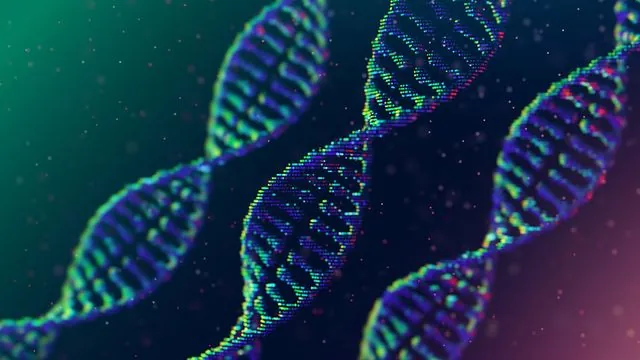
Revolutionary Transpososome: A Game-Changer in Gene Editing
2025-09-05
Author: Daniel
A New Era in Gene Editing Begins
For over a decade, CRISPR-Cas9 has been the go-to technology for precise gene editing, allowing scientists to snip out and modify DNA with remarkable accuracy. But what if there were a tool that could move entire genes instead of just cutting them? Researchers at Purdue University may have found this next frontier through a novel molecular machine known as the transpososome.
The Magic of the Tn7-like Transpososome
Led by Leifu Chang, an associate professor of biological sciences, the Purdue team is unlocking the secrets of the Tn7-like transpososome—a complex that adeptly facilitates the transposition, or movement, of genes within bacterial DNA. With stunning high-resolution images published in the journal Cell, the scientists have effectively mapped out this intricate machine, revealing how it recognizes and relocates genes throughout the genome.
A Comprehensive Understanding of Gene Switching
"We’ve documented all crucial components of this system, providing a holistic view of the process," Chang explains. This breakthrough is akin to assembling an exploded parts diagram of an engine, showcasing not only the individual pieces but how they harmonize. This fundamental understanding paves the way for future advancements in gene editing technologies.
CRISPR vs. Transpososome: What's the Difference?
While CRISPR utilizes a cutting method, it’s not without its drawbacks in human cells—DNA cuts can trigger repair pathways leading to unwanted mutations or even cell death. Conversely, the transpososome offers an innovative solution by inserting genes without making breaks in the DNA, thus minimizing the risk of damaging genetic information.
The Power of Jumping Genes
Transposons, often referred to as 'jumping genes,' constitute about half of the human genome and are believed to play a vital role in genetic diversity. The transpososome works seamlessly to facilitate the movement of these transposons, making gene insertion smoother and more efficient.
Dual Approaches to Gene Detection
The researchers have identified two pathways that the Tn7-like transpososome employs to find its targets. One pathway harnesses proteins to directly recognize specific DNA sequences, while the other mirrors the CRISPR-Cas9 method by utilizing RNA snippets as guides. By dissecting these mechanisms, Chang aims to enhance our understanding of gene targeting and insertion.
Looking Ahead: Practical Applications on the Horizon
Although researchers are actively experimenting with applying the transpososome in animal cells, success has yet to be achieved. Nonetheless, the detailed structural insights gained from this research are expected to expedite the development of effective non-bacterial gene-editing systems. As Chang aptly states, 'In general, breaking DNA to achieve genome editing is not ideal.' This new methodology could revolutionize how we approach genetic engineering.
The Future is Bright for Gene Editing Technology
The implications of this research could potentially reshape the landscape of biotechnology, offering safer and more effective alternatives to existing gene editing techniques. As we venture further into this new chapter, the full transformative power of the transpososome awaits to be unveiled.

 Brasil (PT)
Brasil (PT)
 Canada (EN)
Canada (EN)
 Chile (ES)
Chile (ES)
 Česko (CS)
Česko (CS)
 대한민국 (KO)
대한민국 (KO)
 España (ES)
España (ES)
 France (FR)
France (FR)
 Hong Kong (EN)
Hong Kong (EN)
 Italia (IT)
Italia (IT)
 日本 (JA)
日本 (JA)
 Magyarország (HU)
Magyarország (HU)
 Norge (NO)
Norge (NO)
 Polska (PL)
Polska (PL)
 Schweiz (DE)
Schweiz (DE)
 Singapore (EN)
Singapore (EN)
 Sverige (SV)
Sverige (SV)
 Suomi (FI)
Suomi (FI)
 Türkiye (TR)
Türkiye (TR)
 الإمارات العربية المتحدة (AR)
الإمارات العربية المتحدة (AR)